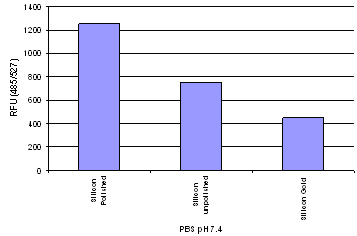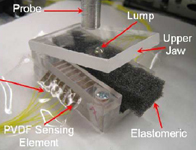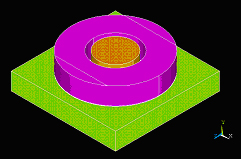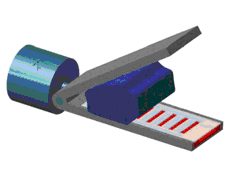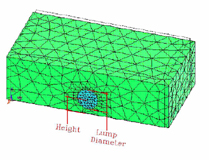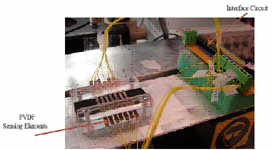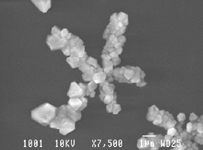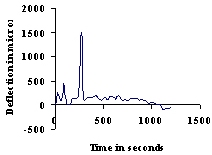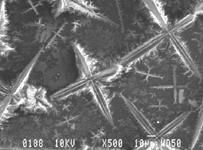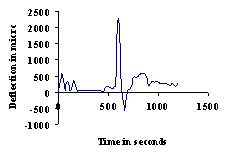 |
|
|
|
|
The research carried out at the Optical-Bio Microsystems Laboratory has been categorized according to the different research areas. Microsystems for Bio applications Saeed-Nagarajan-Arvind-Jeetender-Ashwin-Roozbeh. The research focuses on the development of integrated Optical BioMEMS devices suitable for next-generation Biosensing instrumentation for medical diagnostics, chemical and biological sensing, and detection of bio-interactions at protein, cell and macromolecular levels, etc. Bio-Affinity on Different Material Platforms
Tactile Sensors for Endoscopic Graspers in MIS (Minimally Invasive Surgery)
Bio-Mechanical Interaction Based Sensing of Enzyme Detections Early enzymatic identification and confirmation is essential for diagnosis and prevention as in the case of Acute Myocardial Infarction (AMI). In this study, the concept of BioMEMS is applied for the detection of enzyme reaction, in which the changes in mechanical behavior that can be optically detected when enzymatic reactions are allowed to modify the mechanical properties. This technique was applied for the detection of enzymatic reactions of Horse Radish Peroxide (HRP)-Hydrogen Peroxide (H2O2) and Troponin c (TnC)-Honey Bee Melittin (ME) pairs. The corresponding detection of these enzymatic reactions by microdevices that are highly specific.
Principle and Method for Early Detection of Cancer BioMEMS based early detection sensor was developed with high sensitivity, high selectivity and high throughput. The sensor developed was very useful for detecting the types of cancer in addition to the stage of the cancer development. Some of the advantages of this method are high sensitivity, high specificity, tunability, scalability, device portability, high throughput and multiplicity which are suitable for point-of-care testing. Two types of sensing methods have been developed for the detection of conformational changes of HSP90 under ATP interactions. 90 kDa Heat Shock Protein (HSP) is a ubiquitous molecular chaperone and is one of the abundant proteins present in a cell under normal and stressed conditions. A simple bio sensor was developed for the characterization of ATP-HSP90 interaction. The experimental results prove that the present biosensor system is highly suitable for the detection of Heat Shock Proteins present in a real-time biological sample, which is very useful for in-situ biomedical applications and rapid pathogenic detections. |
|
|
|
